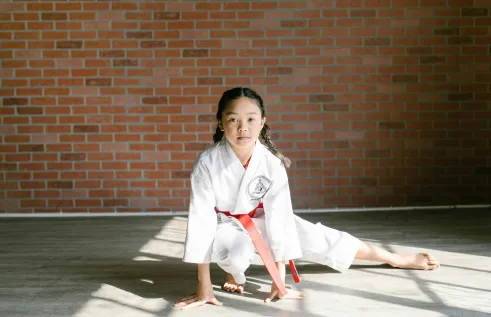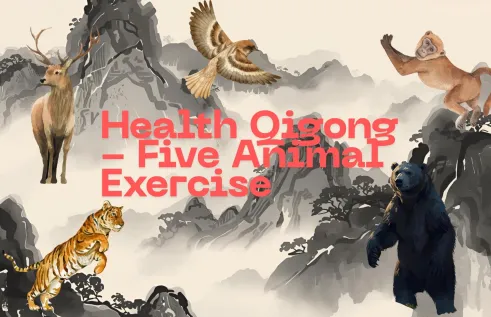RIEL seminar series
Estimation of soil suction from leaf temperature using UAVs
| Presenter | Assoc. Prof. Atsushi Sakaguchi (Ibaraki University, Japan) | |
|---|---|---|
| Date/Time |
to
|
|
| Contact person | E: RIEL.outreach@cdu.edu.au | |
| Location | CDU Casuarina Campus, Yellow 1.1 39 and online | |
| Open to | Public | |
Since leaf temperature observations in the field have become easier due to the development and popularisation of unmanned aerial vehicles (UAVs), new regional irrigation management systems can be developed based on a crop water stress index (CWSI) map created using UAV thermal images. Developing such a system requires a method of calculating CWSI from thermal images. In addition, since CWSI is an irrigation indicator, a UAV must fly when the CWSI reflects suction in the root zone. Moreover, the UAV must fly several times to mitigate the effect of fluctuations in wind speed and solar radiation.
Using observations from a maize field in Kununurra, Western Australia, Assoc. Prof. Sakaguchi has developed a method to estimate mean temperatures of leaves receiving direct sunlight, which has enabled estimations of leaf temperatures with a mean absolute error (MAE) of 0.5°C compared to observed temperatures. The error of CWSI led by this temperature MAE was <0.07. In the method, pixels in a thermal image of a field were considered leaves receiving direct sunlight if the pixel temperature was between the highest and lowest theoretical temperatures of leaves receiving direct sunlight. The highest theoretical temperature of leaves receiving direct sunlight was calculated based on the energy balance, while the lowest theoretical temperature was calculated based on the ratio of leaves receiving direct sunlight. For the dry season in Kununurra, the optimal flight time of the UAV was 3pm, with a flight frequency of six, at that time estimating CWSI within the MAE of 0.02 to the one-hour mean CWSI.
In August and September of this year, Assoc. Prof. Sakaguchi is observing leaf temperature and suction in the root zone in the Northern Territory. Since finding a low correlation between the CWSI and suction in Kununurra, he is considering the reason for the low correlation and is planning to examine the effectiveness of two countermeasures.
Assoc. Prof. Sakaguchi is visiting from the College of Agriculture at Ibaraki University in Japan. He holds a PhD in agriculture from Tokyo University of Agriculture and Technology. Prior to commencing at Ibaraki University, he worked with Yamaguchi University and Japan's National Agriculture and Food Research Organization. In 2022 he won both an Arid Land Science Research Award and Japanese Society of Soil Physics Award.
(No video)
Related Events

Tai Chi Kung Fu Fan
Join our Tai Chi Kung Fu Fan classes to learn a unique style of Tai Chi combined with other martial arts and dance movements! The classes run every Monday at 5.30 pm, from 26 January - 30 March.
Read more about Tai Chi Kung Fu Fan
Chinese kung fu classes for kids
Join our kung fu classes specialised for children. It’s more than just exercise—it’s a journey to a healthier, brighter, and more focused future for every child! The classes run every Monday at 5.30 pm, from 26 January - 30 March.
Read more about Chinese kung fu classes for kids
Health Qigong - Five Animal Exercise
The CDU Confucius Institute is offering Health Qigong - Five Animal Exercise workshops on the Casuarina campus every Tuesday from 5.00 pm - 6.30 pm, starting on 27 January to 31 March.
Read more about Health Qigong - Five Animal Exercise
